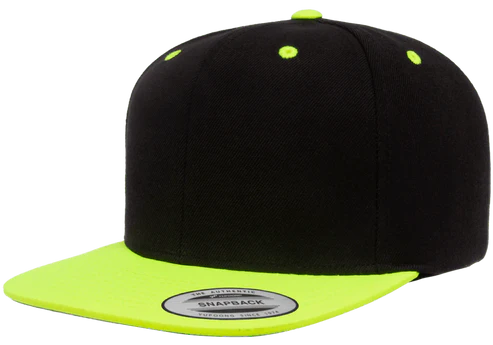I. Introduction
A. Definition of Food Technology
Food Technology, also known as foodie tech, is the application of science and technology to the study, processing, packaging, and distribution of food. It is an interdisciplinary field which merges biology, chemistry, engineering, and nutrition to create healthier, safer, and tastier food products.
B. Overview of the Field
Food Technology includes a broad range of activities, from the development of new food products to the engineering of efficient food production lines. It involves research and design, as well as data-driven decision making. Food technology is a constantly evolving field, and new technologies, such as 3D printing and artificial intelligence, are being used to create even more innovative products.
C. Food Tech Innovations
The rise of foodie tech has resulted in some exciting innovations, including lab-grown meat, plant-based meats, automated farms, and more efficient ways to reduce food waste. These innovations have helped to make food production more sustainable, and have made it possible to create healthier and more nutritious foods.
II. History of Food Technology
A. Origins
Food technology has its origins in agriculture and food processing, which have been around for centuries. Ancient civilizations used fermentation, drying, and smoking to preserve food, while the Industrial Revolution saw the introduction of mechanized processing. In the late 1800s, advances in refrigeration and food packaging made it possible to safely transport food over long distances.
B. Evolution
The 20th century saw rapid advances in food technology, with the invention of the microwave oven, the development of frozen and dehydrated foods, and the introduction of food additives and preservatives. In the 21st century, food technology has been revolutionized by advances in biotechnology, automation, and data analysis.
III. Applications of Food Technology
A. Food Preservation
Food technology has enabled us to preserve food for longer periods of time and reduce spoilage. This has enabled us to create a global food supply chain, which allows food to be transported from producers to consumers all around the world.
B. Food Production
Food technology is also used to increase the efficiency and safety of food production. Automation, robotics, and new technologies such as 3D printing are being used to improve the production process and reduce costs.
C. Food Safety
Food technology is essential in ensuring the safety of food products. The use of sensors and data analysis allow us to detect pathogens and contaminants, while predictive analytics can help predict food safety issues before they become a problem.
D. Food Quality
Food technology plays an important role in improving the quality of food products. New technologies, such as taste sensors and artificial intelligence, are being used to create more flavorful and nutritious foods.
IV. The Benefits of Food Technology
A. Healthier Foods
Food technology has enabled us to create healthier and more nutritious foods. New ingredients and food processing techniques have made it possible to create healthier products with fewer calories, fat, and sugar.
B. More Sustainable Production
Food technology has also helped to make food production more sustainable by reducing food waste and improving the efficiency of farming and production. Automation and robotics have enabled us to reduce the use of water and energy, while new technologies such as vertical farming have allowed us to reduce land use and increase yield.
C. Increased Efficiency
Food technology has enabled us to increase the efficiency of food production and transport. Automation and data analysis have allowed us to reduce costs and increase productivity, while predictive analytics can help us identify problems before they occur.
V. Challenges in Food Technology
A. Cost and Accessibility
Food tech innovations can be expensive and complicated to implement, and many countries lack the resources to adopt it. In addition, there are many regulatory hurdles that must be overcome to ensure the safe and effective use of food technology.
B. Regulations
Regulations governing the use of food technology can vary from country to country. This can make it difficult to create a global standard for food safety and quality, which can limit the potential of food technology.
C. Creative Ways to Reduce Food Waste
Food waste is a major problem all around the world, and food technology can be used to reduce it. Creative technologies such as food tracking, smart packaging, and predictive analytics can help reduce food waste and make food production more sustainable.
Conclusion
Food technology is an interdisciplinary field which merges biology, chemistry, engineering, and nutrition to create healthier, safer, and tastier food products. It has enabled us to create a global food supply chain, increase efficiency, and reduce food waste. However, there are many challenges to overcome in terms of cost, accessibility, and regulations.
The use of food technology is becoming increasingly important in the fight against global food waste, and in the creation of healthier, safer, and more sustainable food products. With








